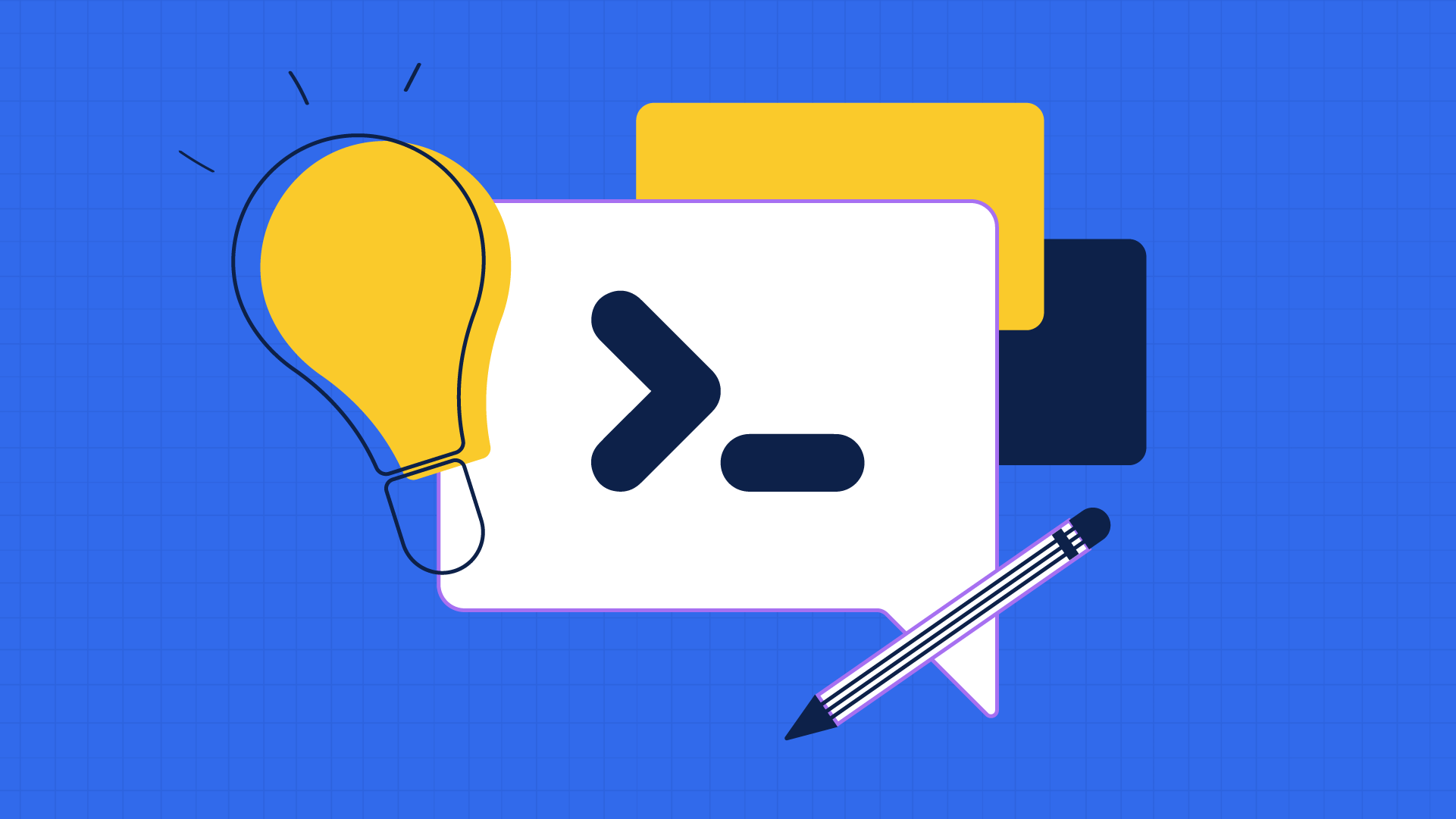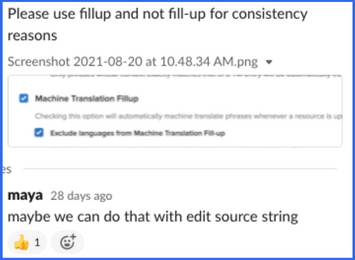

The Transifex Native Experience: 4 Months of Dogfooding
A few months ago, Transifex migrated to Native for its localization. We turned the switch away from files and into Native on May 12, 2021. Since then, we have tried to support our platform’s localization actively. Our main activity is cleaning up the supported languages and addressing all issues of the Transifex project.
Moving away from files and into Transifex Native, we leveraged most of the pre-existing translations. Using Translation Memory fill-ups, we ended up transferring the more significant chunk of the work already done. More than 90% of the existing translations were transferred to the Native project, missing a few translations due to differences in variable style and some pluralization additions.
Part of the decisions included limiting the supported languages to around 40 based on translation completion and translation community activity. From that set, we further narrowed down the available languages in the application. Available languages are more than 70% translated and hold the most visits.
Native Analytics for Transifex app for a selected period in September.
How we follow through with our Transifex localization
A big part of the Transifex localization effort involves eating our food and walking Transifex customers’ path. To achieve that, team members assume the role of L10N manager for the Transifex project and manage the Transifex Native project.
“The post” starting the initiative.
This initiative runs at the core of our team, and we even defined a Key Performance Indicator to highlight our commitment.
We set some “ground rules of engagement” that we update with incoming issues and solutions for clarity. The first thing we do is to address issues from the translation team. We monitor open issues in the Editor, using filters and the Slack integration. Most of the issues relate to more context, either in the form of screenshots or instructions—other problems require fixing typos and enabling plurals where they are missing.
The benefits of Transifex Native
Transifex Native value is something we often see, as we can instantly fix typos and copywriting on the fly without the need for a developer! Fixes on source language wordings are done in the Editor and are live within an hour.
An open item for our team is how we handle existing translations when we edit the source string. So far, we keep existing translations and re-visit each language to apply any easy changes like removing an additional space or dot character. If the copywriting changes are significant, we inform the respecting translator with an Editor comment using a mention.
In other instances, we identify unused strings and delete them directly from the Editor, with no need for code changes.
Overall, using Native for the Transifex application makes issue resolution faster and easier. Fixing issues is as easy as visiting the Editor! Additionally, the flexibility of the edit source string makes us more flexible on updating the copywriting after any development release.











